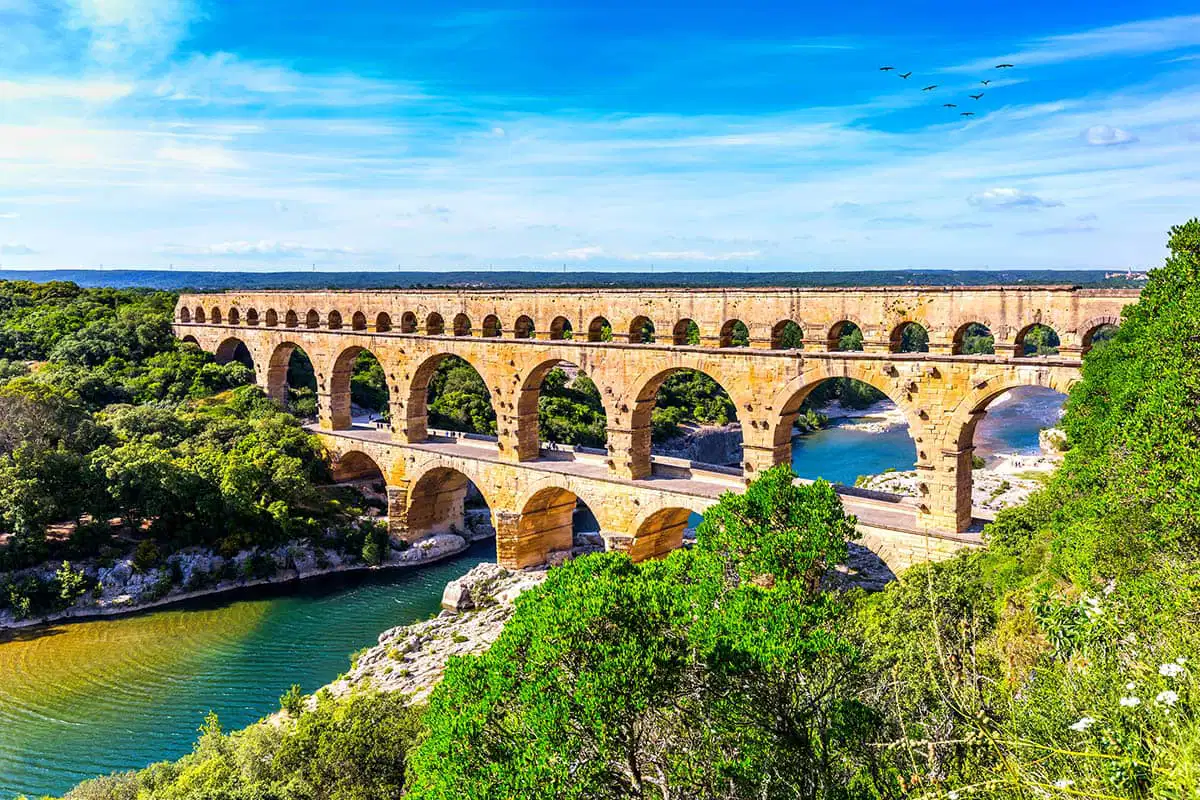Continental Hydro, Inc. Engineering for the Sustainment of Life
The Company
Continental Hydro, Inc. is a forward-thinking company with a mission to tackle the pressing issue of drought in the western United States. Our innovative approach, which includes reducing infrastructure costs, utilizing existing rights-of-ways, and incorporating power regeneration technologies, is the foundation of our current focus. The positive technical reviews from esteemed institutions like the University of Colorado at Boulder, the Colorado School of Mines, and Colorado State University are a testament to the viability of this vision.
The company is presently engaged with key stakeholders such as major railroads, large diameter pipe manufacturers, hydro-electric companies, water rights groups, and governmental infrastructure agencies. This collaborative effort will be crucial in developing effective financial models, construction timelines, and re-hydration pathways.
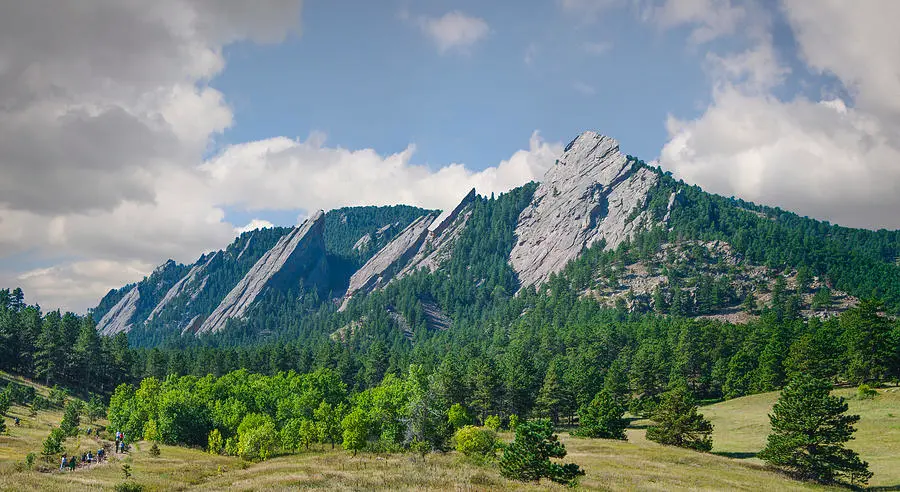
A Proposal to Re-Hydrate the Western United States
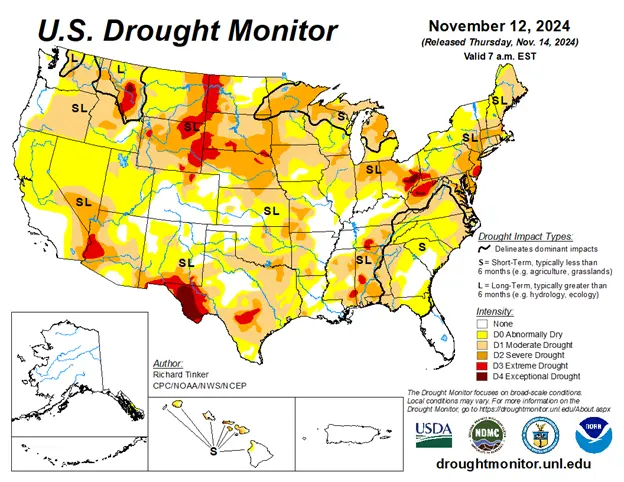
The Problem
We have plenty of fresh water. The problem is, it's in the wrong place.
How do you transport water from areas of abundance to areas of need?
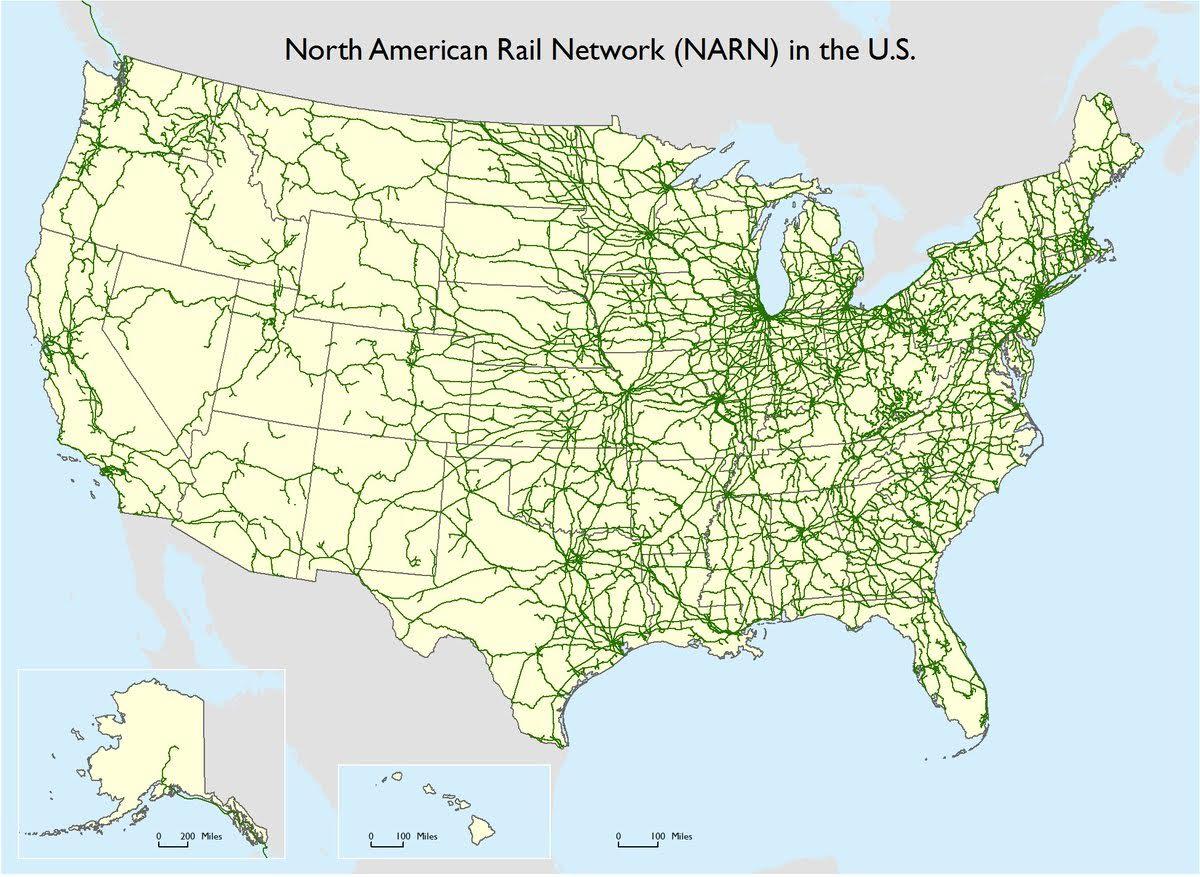
The Challenge
How do you minimize the cost of water relocation and address the issues of rights of way, infrastructure costs and existing water rights?
The Solution
Utilize an existing infrastructure that is essentially shovel ready, exempt from the legal, time consuming and costly process of eminent domain.
Water Resources
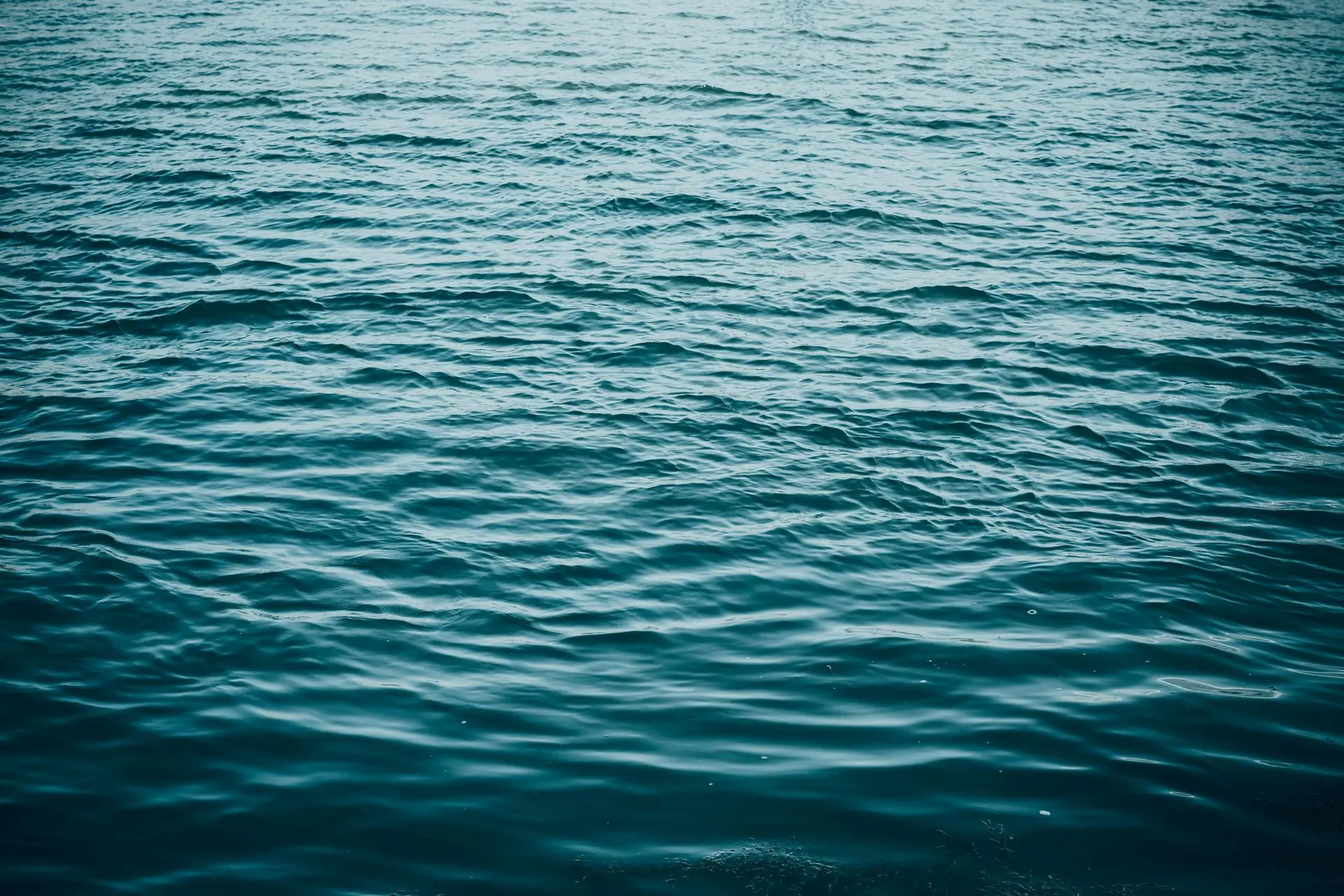
Sources of fresh water include: The Mississippi River, Great Lakes, Alaska & Columbia River.
Infrastructure
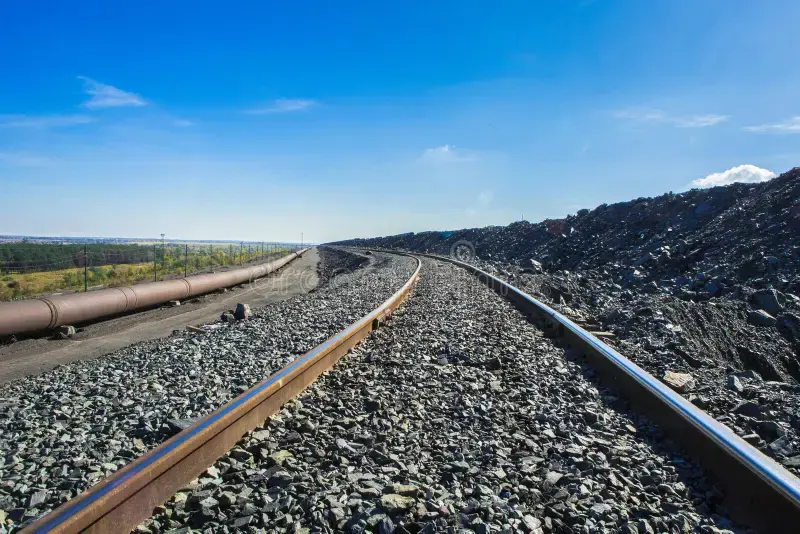
Shovel ready geography with rights of way 100 feet on each side of the rail bed centerline.
Construction
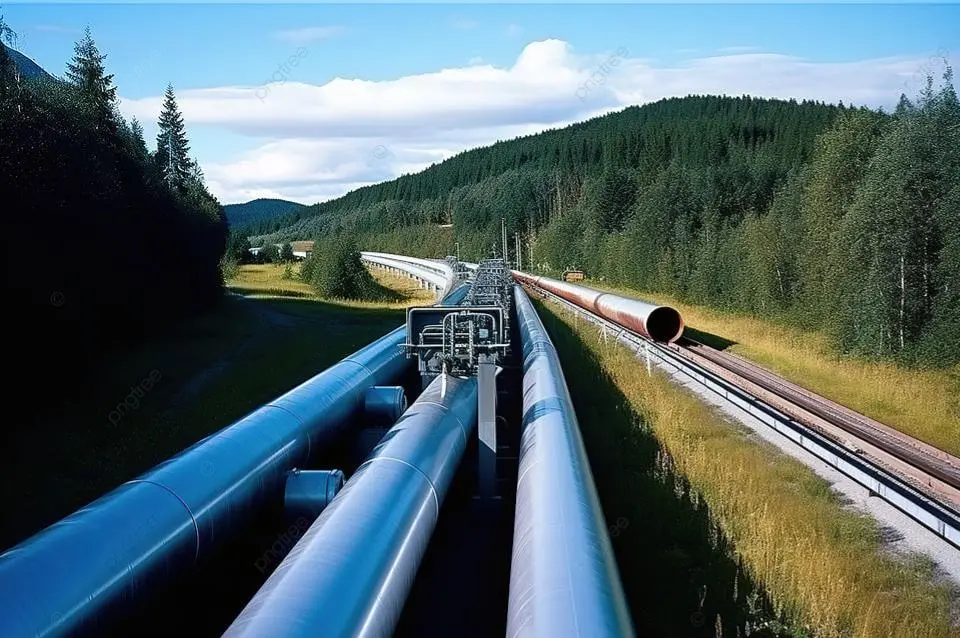
Pipe segments follow existing railroad beds using the railroads for transport of pipe segments, heavy equipment and work force.
Operation
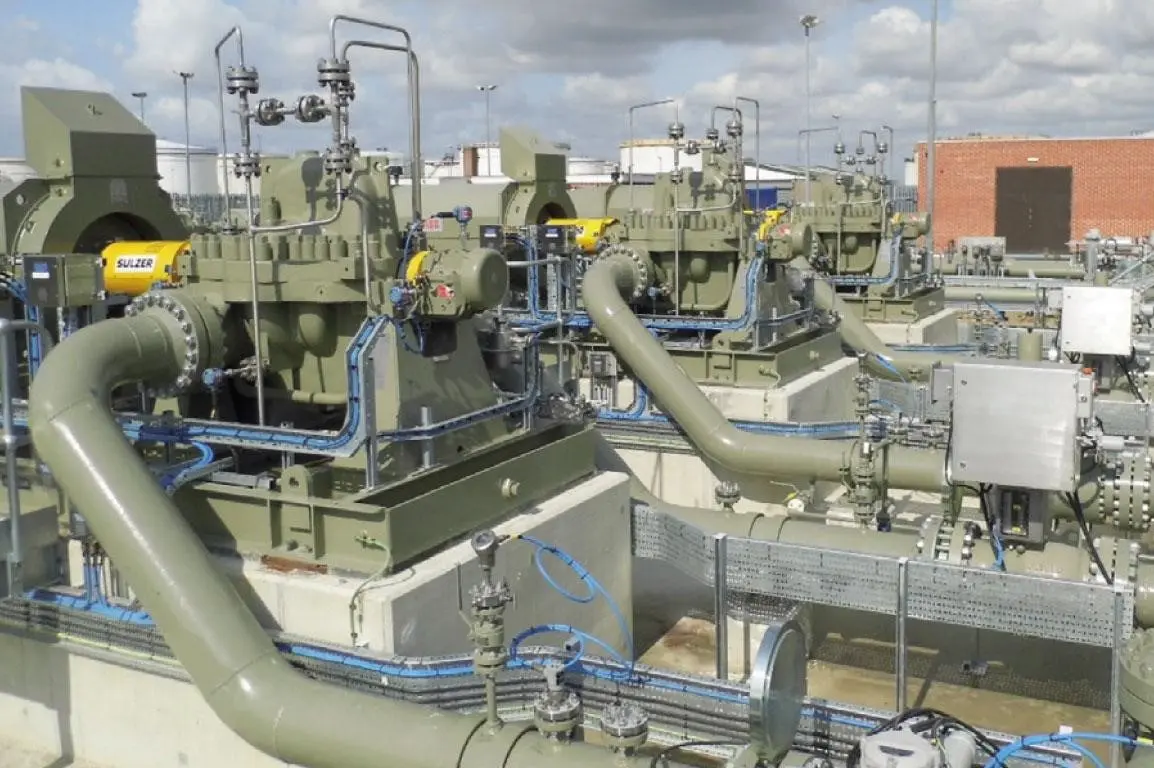
Pumping stations operated using gas turbines, minimizing the demand on the electrical grid.
Proposal Elements
Key Metrics of Water Sources
Metrics were derived from the following sources:
- NASA, Earth Observatory (2022)
- National Parks Service (2024)
- Smithsonian Magazine (2015)
- Environmental Protection Agency (2024)
- Trans-Alaska Pipeline (1970)
- Water Education Colorado (2024)
The Great Lakes
The Great Lakes contain about 21% of the earth's surface fresh water and 84% of North America's surface fresh water. (5,472 cubic miles or 6 quadrillion gallons.)
What Really IS the Problem?
The Real Problem - THE WATER IS IN THE WRONG PLACE
The Real Solution - MOVE IT TO WHERE IT IS NEEDED
The Mississippi River
Forty percent of the continental United States, as well as two Canadian provinces, are drained by the Mississippi River. All of that water is dumped into the Gulf of Mexico at a rate of 600,000 cubic feet per second.
Washington State - The Columbia River
The Columbia River pours more water into the Pacific Ocean than any other river in North or South America. It has an annual average flow of 192 million acre-feet which equates to about 265 thousand cubic feet per second. The river is the fourth largest by volume in the United States.
Alaskan Snow & Ice Melt
The Alaskan snow and ice melt, by itself, produces 1.5 times the nominal volume of the Mississippi River. (900,000 cubic feet per second of availability.)
Derivative Benefits
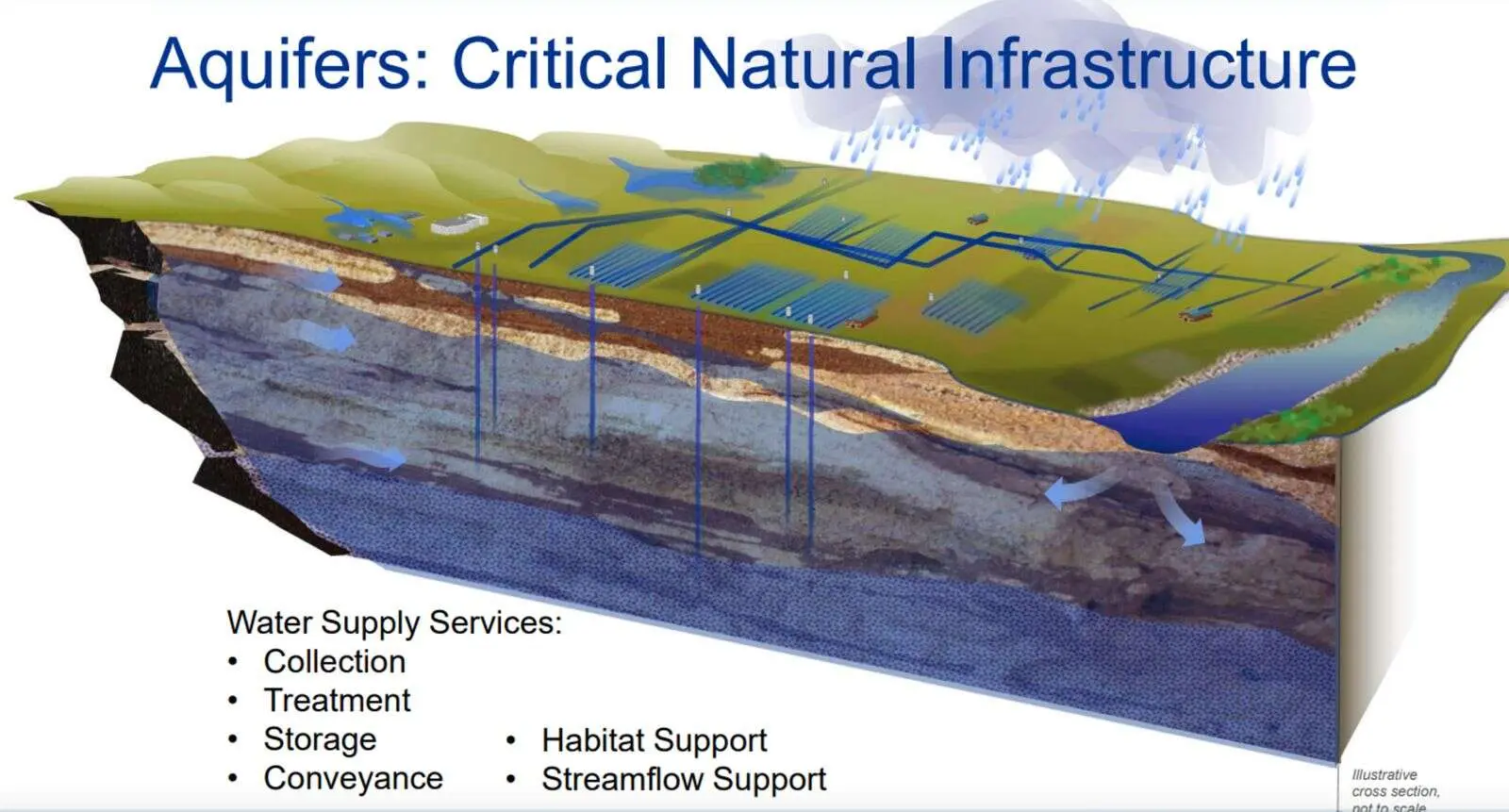
Returning Aquafers to their Original Levels
By decreasing the dependency on regional aquafers, water levels can be restored to their natural levels.
Learn More
Portable Hydro-Electric Power
With the use of natural gas to power the pumping stations, the pressure and volume of water within the pipe network provides the energy source for hydro-electric generation. Re-purposing existing wind generators which provide 1, 2.5, and 5 megawatts of electric power, depending upon the diameter and flow in 4, 6 and 8 foot diameter pipes, would be used to inject electrical energy into the national power grid. These portable hydro-electric rail cars would be managed and serviced by the applicable railroad organization that deploys them on their rail lines.
Through the use of natural gas to power the requisite pumping stations, as used on the Alaska oil pipeline, no dependence on the electrical grid would be necessary. All hydro-electric generated power would be a net add to the national power grid.

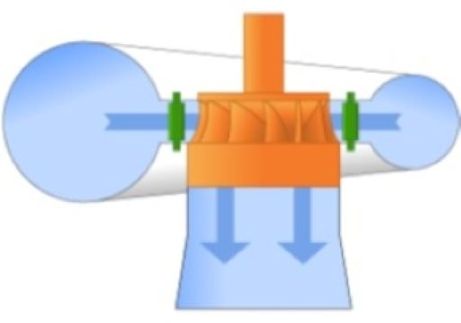
The estimated power generation from a 6 foot diameter smooth pipe operating at 200 PSI will have the capacity to generate 21,358 kW (21.4 MW) of electric power at each of the generation stations along its length.
News
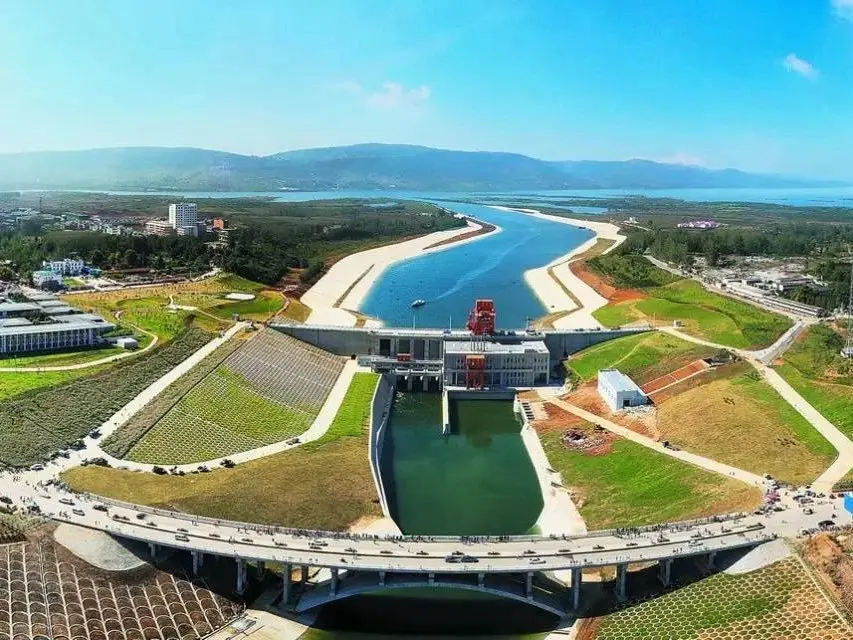
Hydration Solutions
Over the past several years, foreign nations who are experiencing water shortages have instituted projects that move significant volumes of water from areas of abundance to areas of need.
Learn more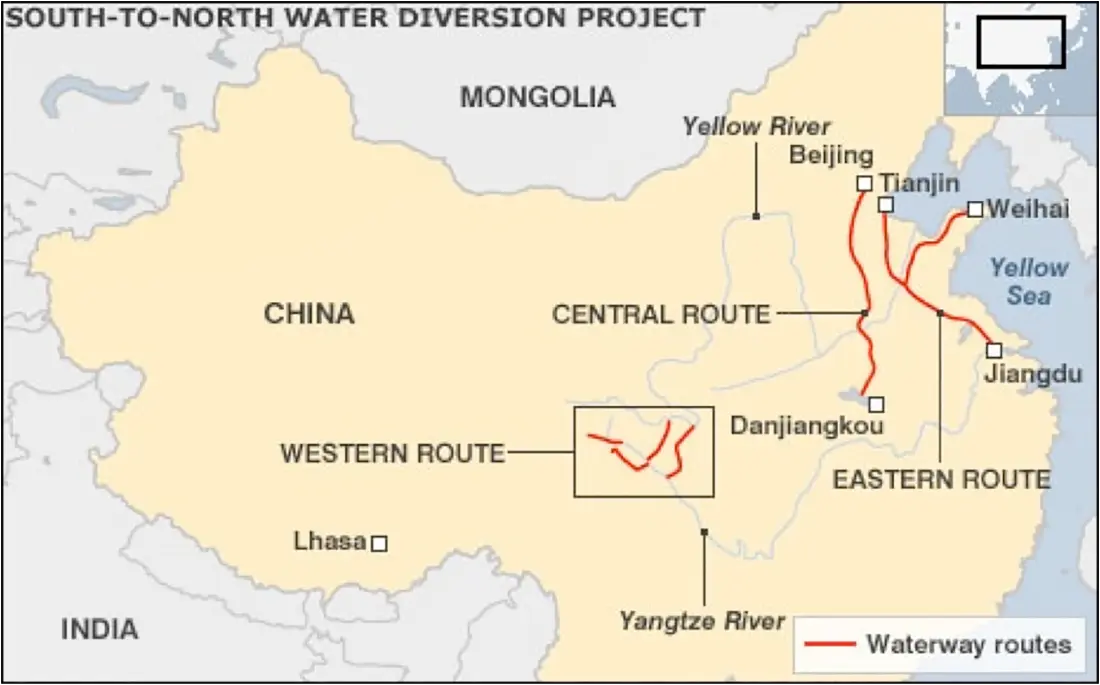
China's South to North Water Transfer Project,
is a multi-decade infrastructure mega-project in China that aims to channel 44.8 cubic kilometers (44.8 billion cubic meters) of fresh water each year from the Yangtze River in southern China to the more arid and industrialized north through three canal and pipe systems.
- The Eastern Route through the course of the Grand Canal
- The Central Route from the upper reaches of the Han River (a tributary of the Yangtze) via the Grand Aqueduct to Beijing and Tianjin
- The Western Route, which goes from three tributaries of the Yangtze near Bayankala Mountain to the provinces of Qinghai, Gansu, Shaanxi, Inner Mongolia and Nigxia
Who Said it Can't be Done?
China has already accomplished this.
PODCAST
5/16/2025
Contact Us
We'd love to hear from you! If you have any questions, feedback, or need assistance, please feel free to reach out to us using the contact details provided. Our team is here to help and will respond as soon as possible. Thank you for getting in touch!
Phone
Office
2314 Eagles Nest Drive, Lafayette, CO 80026
